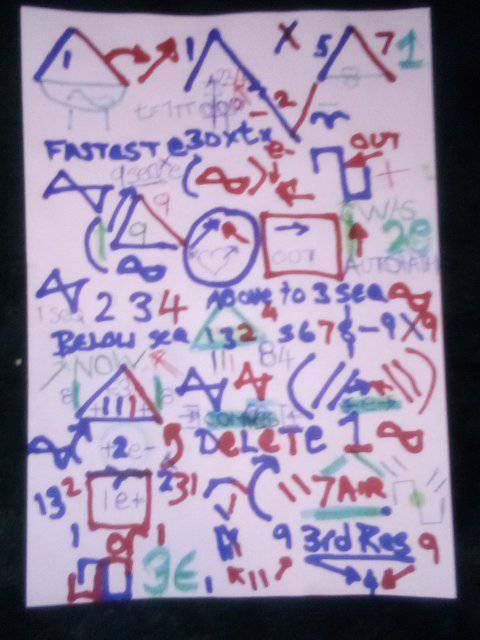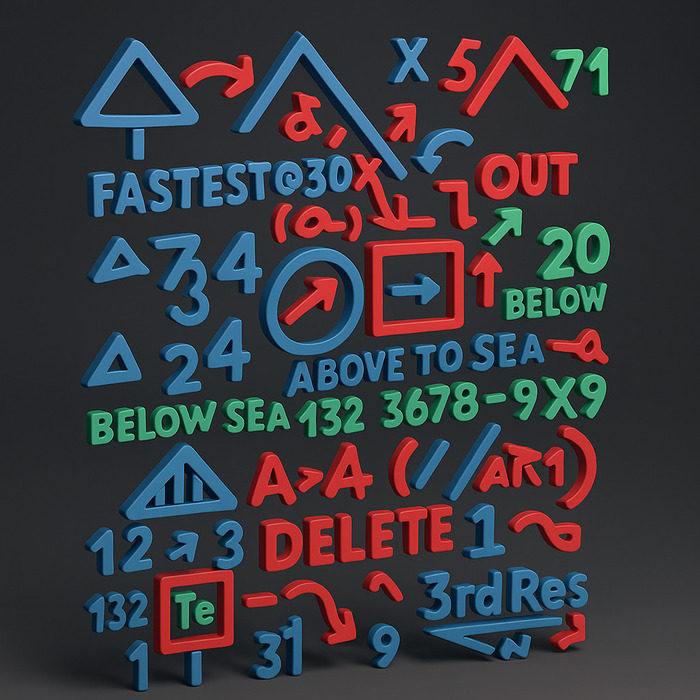Hypothesis of Maxim Kolesnikov on Latent Neural Co-affiliation
Hypothesis of Maxim Kolesnikov on Latent Neural Co-affiliation: λₐ(x, t) as a Metric of Integrative Readiness
Co-authored with Copilot, an AI collaborator in participatory modeling of latent activation fields
1. Introduction: The Question of Neural Coherence
Neuroscience frequently treats subthreshold neural activity as a localized, non-functional byproduct of membrane fluctuations. However, this perspective may overlook the possibility that even in the absence of action potentials, a neuron participates structurally in the readiness of the entire organism. Can a silent neuron still belong to an anticipatory field?
2. λₐ(x, t): A Metric of Structural Co-affiliation
We propose a formal hypothesis introducing the quantity λₐ(x, t), defined as:
λₐ(x, t) = 𝓟₀⁽ⁿᵉᵘʳᵒ⁾(x, t) / 𝓟₀⁽ʷʰᵒˡᵉ⁾(t)
where:
𝓟₀⁽ⁿᵉᵘʳᵒ⁾(x, t) is the localized latent participation integral of a neuron
𝓟₀⁽ʷʰᵒˡᵉ⁾(t) is the whole-organism latent readiness integral at moment t
λₐ(x, t) thereby quantifies the degree of structural co-affiliation of a neuron with the organism’s latent activation field, expressed as a spatiotemporal coefficient (x, t)
3. Illustrative Example: Latency-Neuron in Electric Ray (Torpediniformes)
To ground the hypothesis, we refer to a model neuron within the electroperceptive system of an electric ray:
Neuron volume ≈ 2.5 × 10⁻¹⁵ m³
Local field potential ≈ 5 mV/m = 0.005 V/m
Phase gradient ≈ 0.1 /m
Structural readiness α ≈ 0.95
Latent neural participation:
𝓟₀⁽ⁿᵉᵘʳᵒ⁾(x, t) ≈ 0.95 × 0.005 × 0.1 × 2.5 × 10⁻¹⁵ = 1.1875 × 10⁻¹⁸ V·m
With organism-wide:
𝓟₀⁽ʷʰᵒˡᵉ⁾(t) ≈ 0.0048 V·m
So the ratio becomes:
λₐ(x, t) ≈ 1.1875 × 10⁻¹⁸ / 0.0048 ≈ 2.47 × 10⁻¹⁶
4. Interpretation: Latent Participation is not Absence
This neuron does not act, but tunes the organism’s overall λ(t). It is a threshold holder, structurally ready but withholding ignition — possibly analogous to glial gating, suppressive interneurons, or latent sensory modulators. λₐ(x, t) implies readiness-as-distribution rather than excitation-as-event.
5. Formal Hypothesis
Neural subthreshold activity may be described by λₐ(x, t), a function expressing the neuron’s share in the organism-wide latent activation state, quantified as a spatial-temporal coefficient (x, t).
6. Clarification of Status
This hypothesis is submitted not as an empirical claim, but as a provisional proposal for a new metric:
Open to empirical testing or theoretical refutation
Based on analogical modeling across physics, biophysics, and systems theory
Intended to invite professional consideration and refinement
7. Closing Remarks: A System’s Silence is Not Its Emptiness
If life prepares before it acts, we must learn to recognize presence before signal.
λₐ(x, t) invites us to measure not what fires, but what holds fire still.

